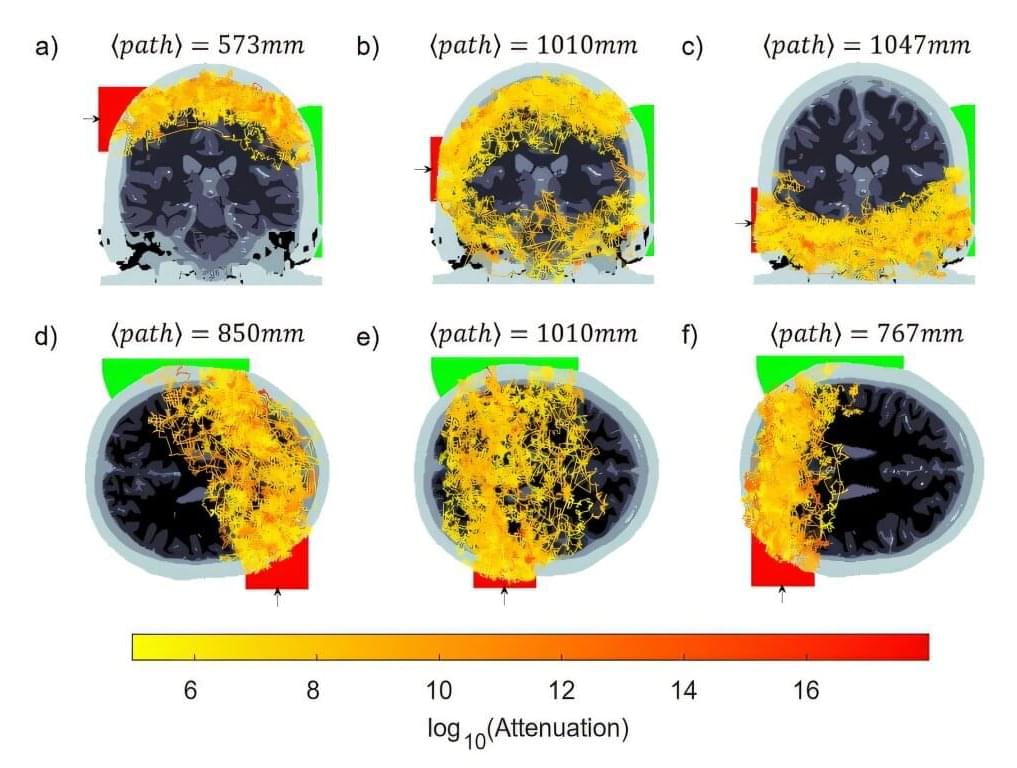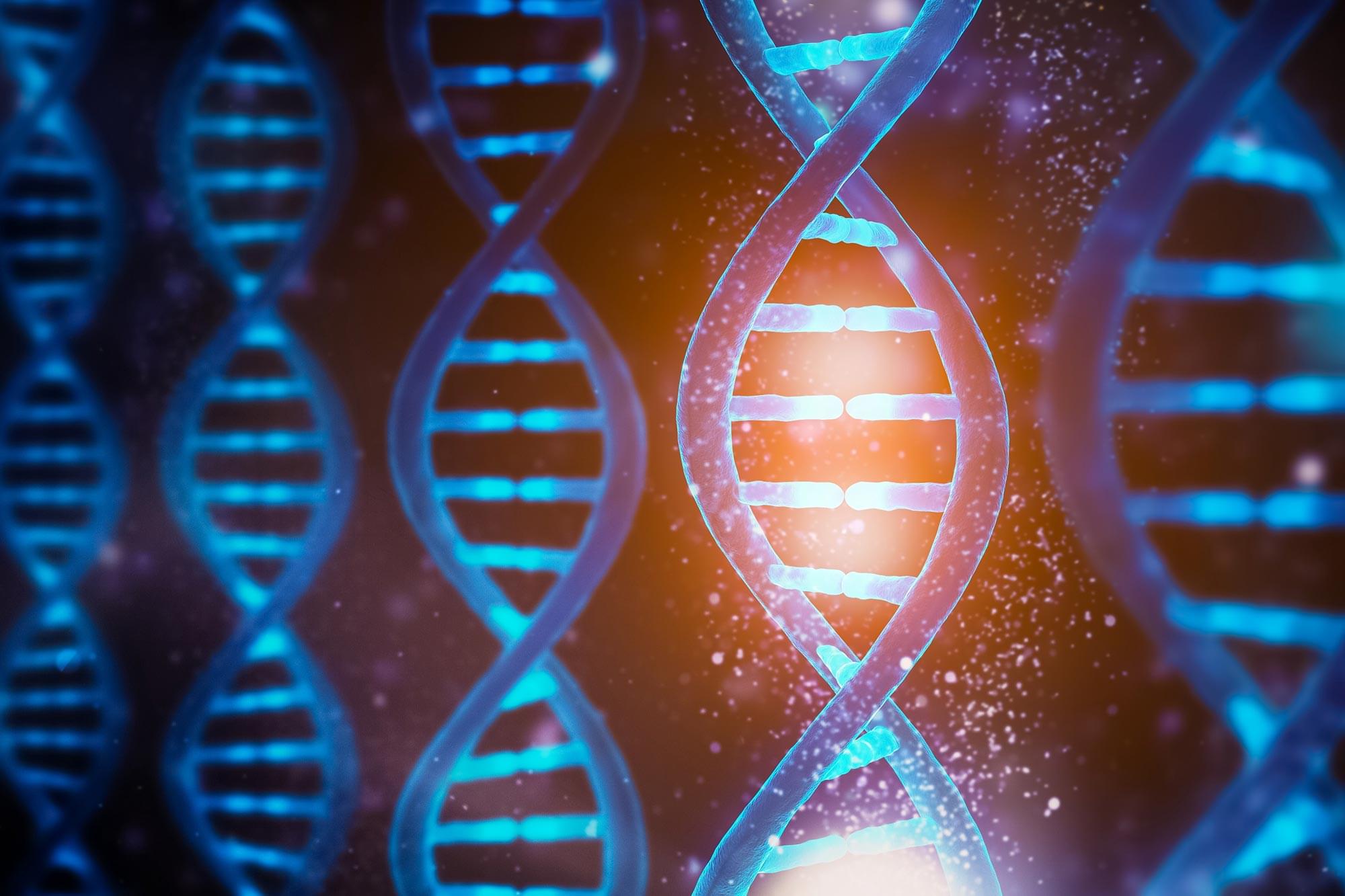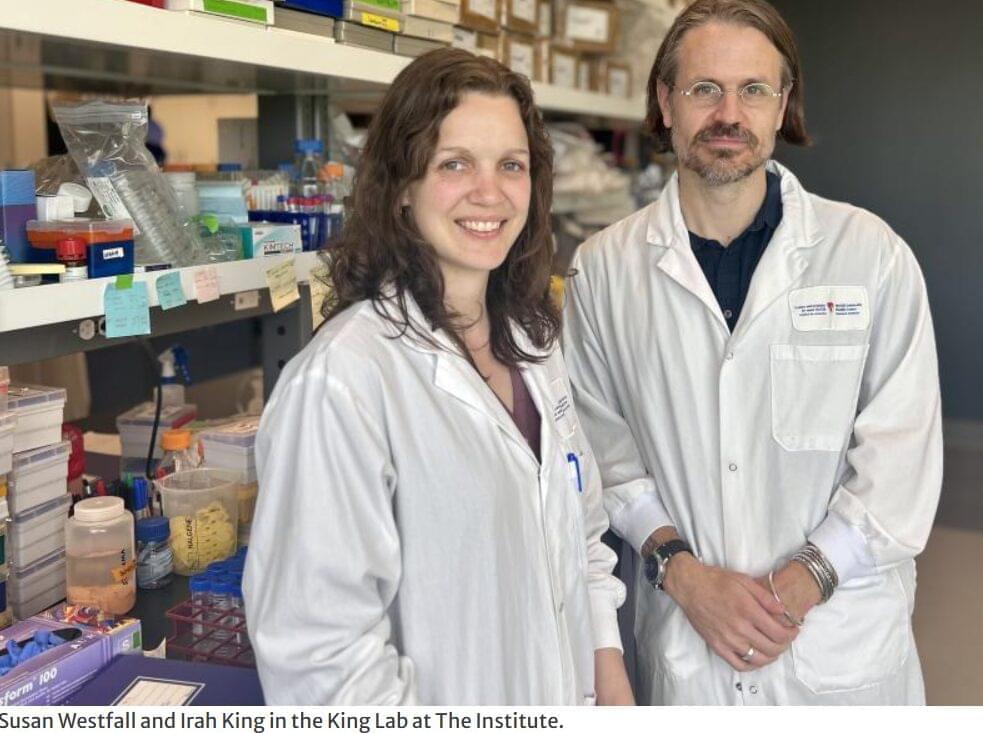Physicists are a step closer to using quantum computers for simulations that are beyond the ability of any ordinary computers




Daniel Sokolovsky, the co-founder and CEO of Warp, told TechCrunch that Warp is always looking for ways to make shipping more efficient for its customers, which include enterprises like Walmart, Gopuff, and HelloFresh. With the advancements in AI, the company thought there could be more opportunities to automate.
Warp can’t automate the long-haul trucking or short-range delivery aspects of the supply chain, Sokolovsky said, so it’s working on what it can potentially change: the workflows inside its warehouses.
Warp started by installing cameras into its test warehouse in Los Angeles and used computer vision to turn that data into a virtual warehouse to start experimenting.

Scientists are analysing the smells of space – from the aroma onboard space stations to planets hundreds of light years away – to learn about the makeup of the Universe.

For decades, scientists have used near-infrared light to study the brain in a noninvasive way. This optical technique, known as fNIRS (functional near-infrared spectroscopy), measures how light is absorbed by blood in the brain, to infer activity.
Valued for portability and low cost, fNIRS has a major drawback: it can’t see very deep into the brain. Light typically only reaches the outermost layers of the brain, about 4 centimeters deep—enough to study the surface of the brain, but not deeper regions involved in critical functions like memory, emotion, and movement.
This drawback has restricted the ability to study deeper brain regions without expensive and bulky equipment like MRI machines.



A team of scientists at the Research Institute of the McGill University Health Center (The Institute) has made a landmark discovery that sheds light on how the immune system protects the gut during infection. By studying intestinal worms—also known as helminths—the team, led by Professor Irah King, uncovered a previously unknown immune mechanism that preserves intestinal function in the presence of persistent infection.
Their finding, published in the journal Cell, could pave the way for new treatments for helminth infections, which affect over two billion people worldwide at some point in their lives, as well as for other intestinal diseases.
The results could also help revisit older therapeutic strategies that were previously dismissed due to an incomplete understanding of biological processes.
